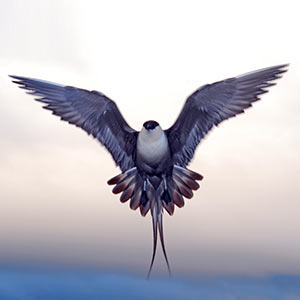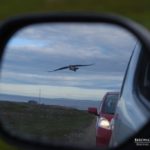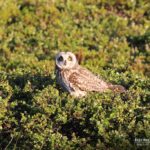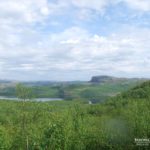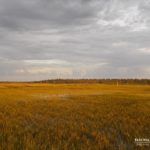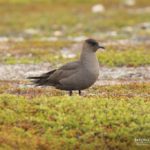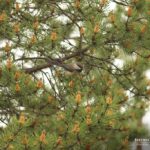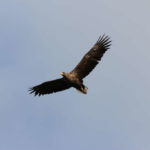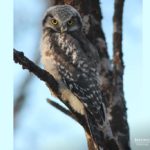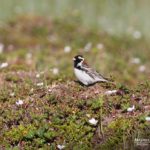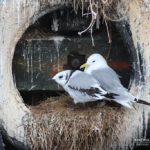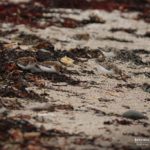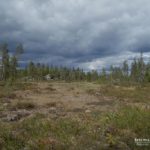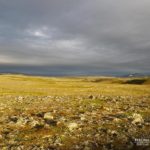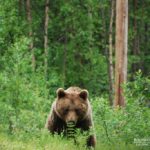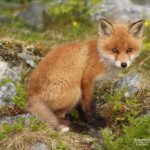The Varanger peninsula and the Pasvik valley.
The midnight sun rips the artic landscape in a colourful light. The lovely atmosphere is accompanied by the singing Bluethroats, Lapland Buntings, Red-throated Pipit, and Shore Larks.
During June the last migratory birds returns. The latest is the Arctic Warbler and the Little Bunting wish both breeds in the Pasvik valley. They winter in South-East Asia and has their Western most distribution in Northern Scandinavia. This is also home for several other Siberian species, such as Northern Hawk Owl, Siberian Jay, Siberian Tit, Waxwing, Pine Grosbeak, Smew, Whooper Swan and Taiga Bean Goose. Some of the other species you are likely to find here is Short-eared Owl, Little Gull, Capercaillie, Black,-and Willow Grouse.
 Little Bunting
Little Bunting
The tundra
After a long winter, the high-alpine mountains are filled with life. Eurasian Dotterel, European Golden Plover, Long-tailed Skua, Shore Lark, Lapland Bunting and Snow Bunting are character species here. In the first half of June, the spectacular Ruff lek goes on. A photo hide can be set up at certain locations. The European populations has unfortunately declined dramatically, so extra precautions is required when photographing the lek. The Jack Snipe can seen flying around its territory, while making his strange galloping sound.
Hornøya bird cliff
At the Hornøya bird cliff the nature shows it`s most charming and brutal side, as the chicks are hatching. The fight for survival is obvious and the large Gulls, Ravens and White-tailed Eagles are a constant threat. European Shag, Atlantic Puffin, Razorbill, Common,-and Brünnick`s Guillemot all breed here, close to the path that takes you through the colony. Other species that lives on this most eastern part of Norway are Barnacle Goose, Greylag Goose, Great Skua, Black Guillemot, Twite and Rock Pipit.
Varangerfjord
The shallow waters of the Varangerfjord is ideal for feeding Seabirds. White-billed Divers, Great Northern Divers and King Eiders are possible to see the whole summer. Usually also singe individuals of the critically endangered Steller`s Eider. The Huge mudflats and the long and diverse coastline, attracts huge numbers of shorebirds. Dunlin, Common Ringed Plover, Red-necked Phalarope, Temminck`s Stint and Turnstone are just some of the many species you will see.
Sea watching can be very productive in the inner part of the Varangerfjord, during Eastern winds. With some patience and luck can Sabine`s Gull, Leach Storm Petrel, European Storm Petrel, Manx Shearwater and Red Phalarope be seen. At this time the most unexpected birds can appear. Almost every year a “mega rarity” shows up, as well as several local rariteies.
